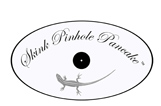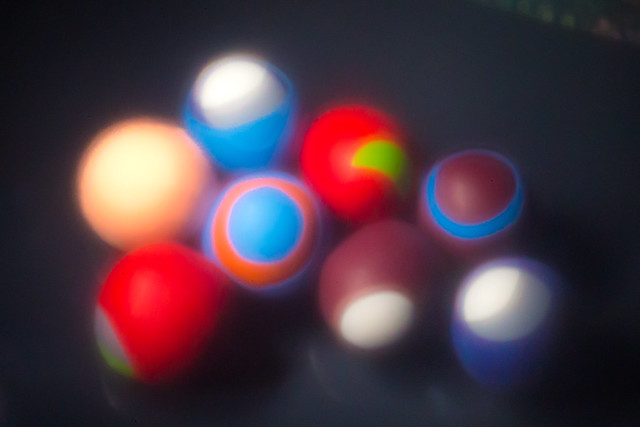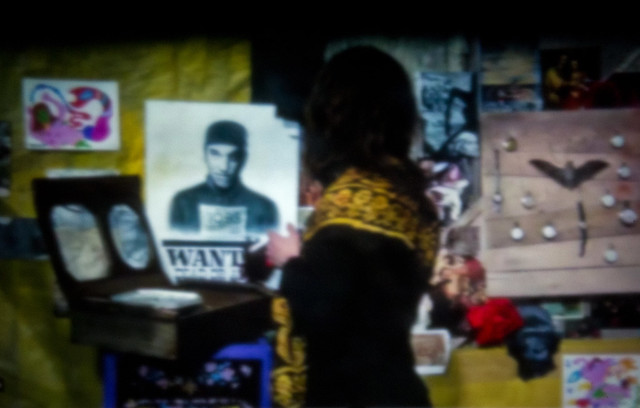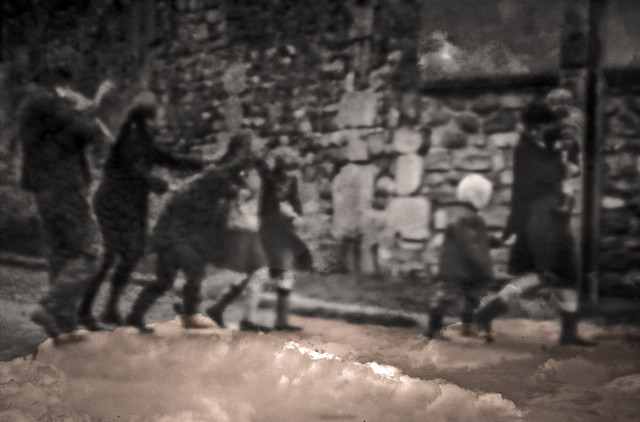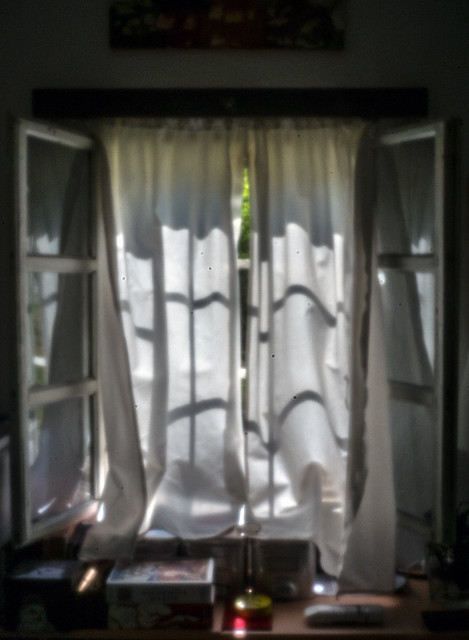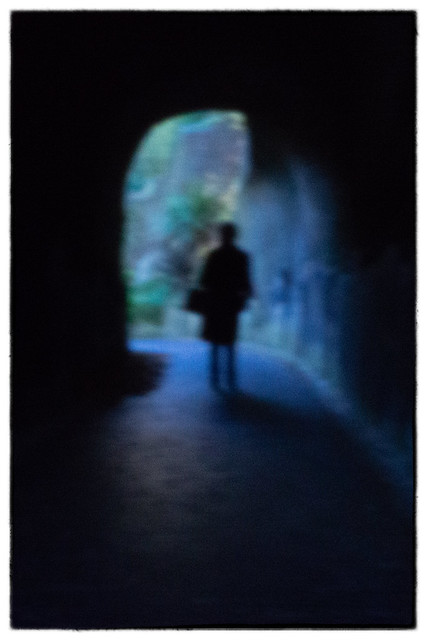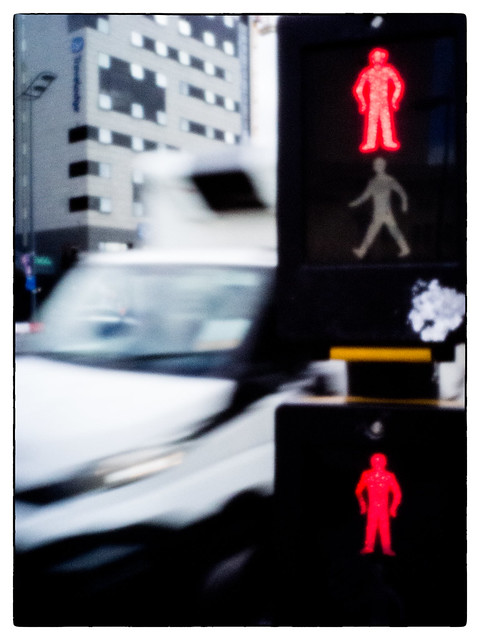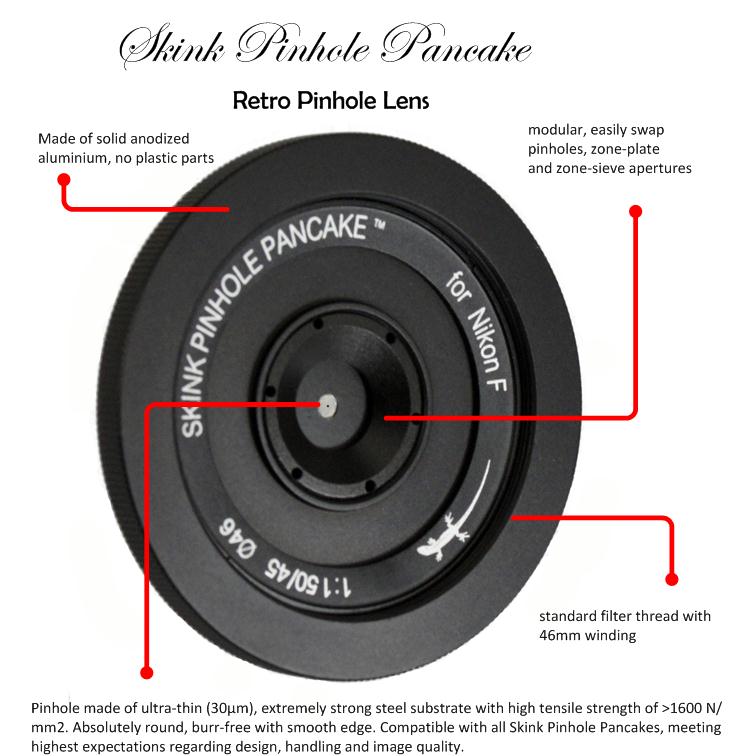WWPD World Pinhole Day – Weltweiter Tag der Lochkamera-Fotografie
Heute ist der Weltweite Tag der Lochkamera Fotografie – WWPD
heute zum weltweiten Tag der Lochkamera haben wir ein einfache Motive gewählt. Ein Pool am Atlantik und eine Orchidee.
Wir wählten die Fujifilm Finepix T-X20 mit 24mm Skink Pinhole Pancake zum fotografieren. Durch den lichtstarken Sensor unserer Kamera konnten wir ohne Stativ mit ISO 4000 arbeiten.
Kamera: Fujifilm Finepix X-T20
Objektiv: Skink Pinhole Pancake mit Lochblende 0.2
Brennweite: 24mm
ISO: 4000
Film Simulation: Fuji Velvia
Linkes Wahlrad: [S]
Belichtungszeit: zwischen 1/15 Sek. und 1/125 Sek.
Today is the World Pinhole Day – WWPD
on today’s World Pinhole Day we took two simple pictures. A pool at the Atlantic Ocean and an orchid flower. Our pinhole camera was the Fujifilm Finepix X-T20 with the Skink Pinhole Pancake, 24mm focal length attached. The sensor of the camera is very sensitive. With a high ISO setting no tripod is needed to work with pinhole.
Camera: Fujifilm Finepix X-T20
Lens: Skink Pinhole Pancake mit Lochblende 0.2
Focal Length: 24mm
ISO: 4000
Film Simulation: Fuji Velvia
Left Dial on Camera: [S]
Exposure time: between 1/15 Sec. and 1/125 Sec.
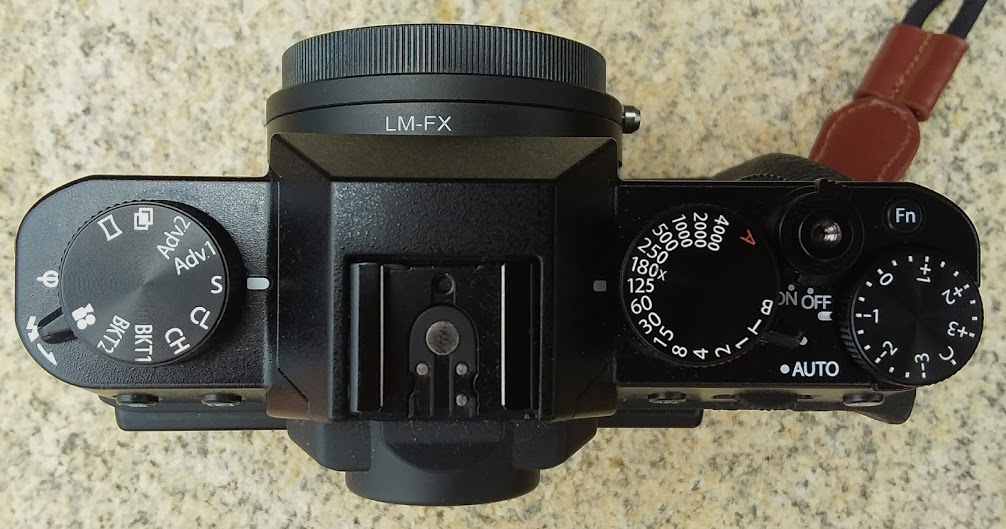
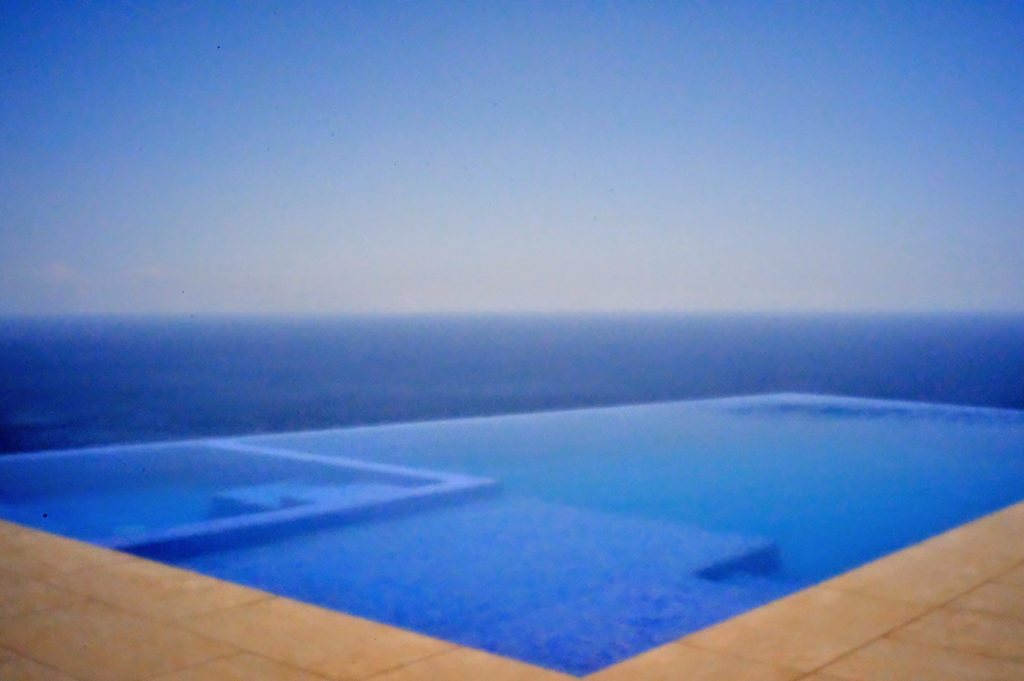
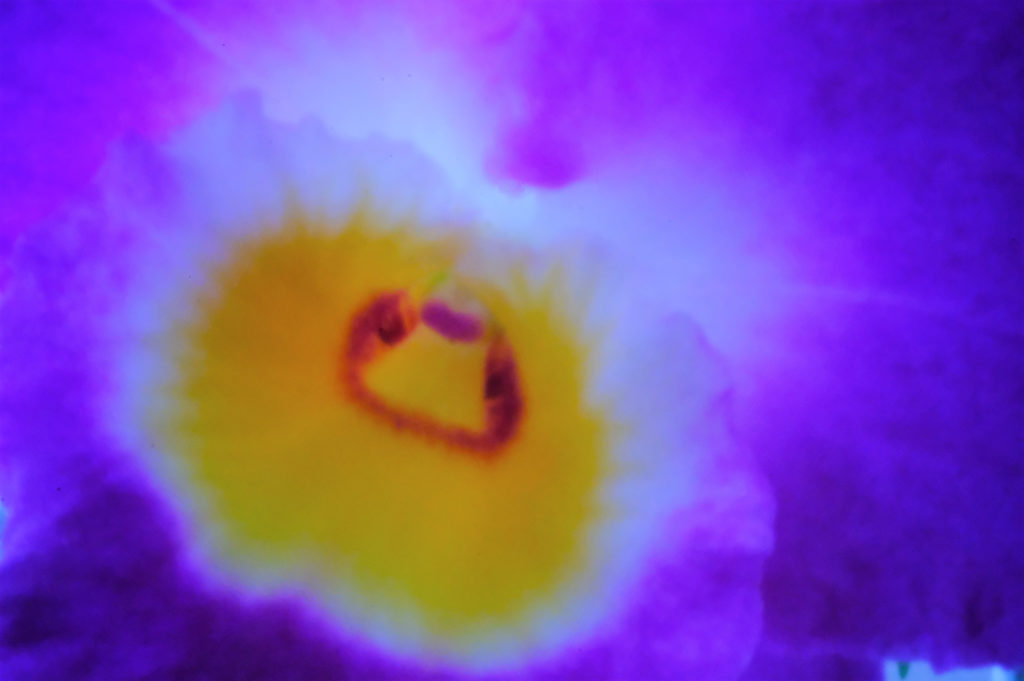 Our bestseller, the Skink Pinhole Pancake for Fujifilm Finepix FX:
Our bestseller, the Skink Pinhole Pancake for Fujifilm Finepix FX:
Fujifilm FX
Fujifilm Finepix FX, X-H1, T-100, X-T3, X-T2, X-T20, X-T1 IR, X-T10, X-T1 GS, X-M1, X-E3, X-E2S, X-E2, X-E1, X-A10, X-A5, X-A4,X-A3, X-A2, X-A1, X-Pro 2, X-Pro 1, X-Pro 100

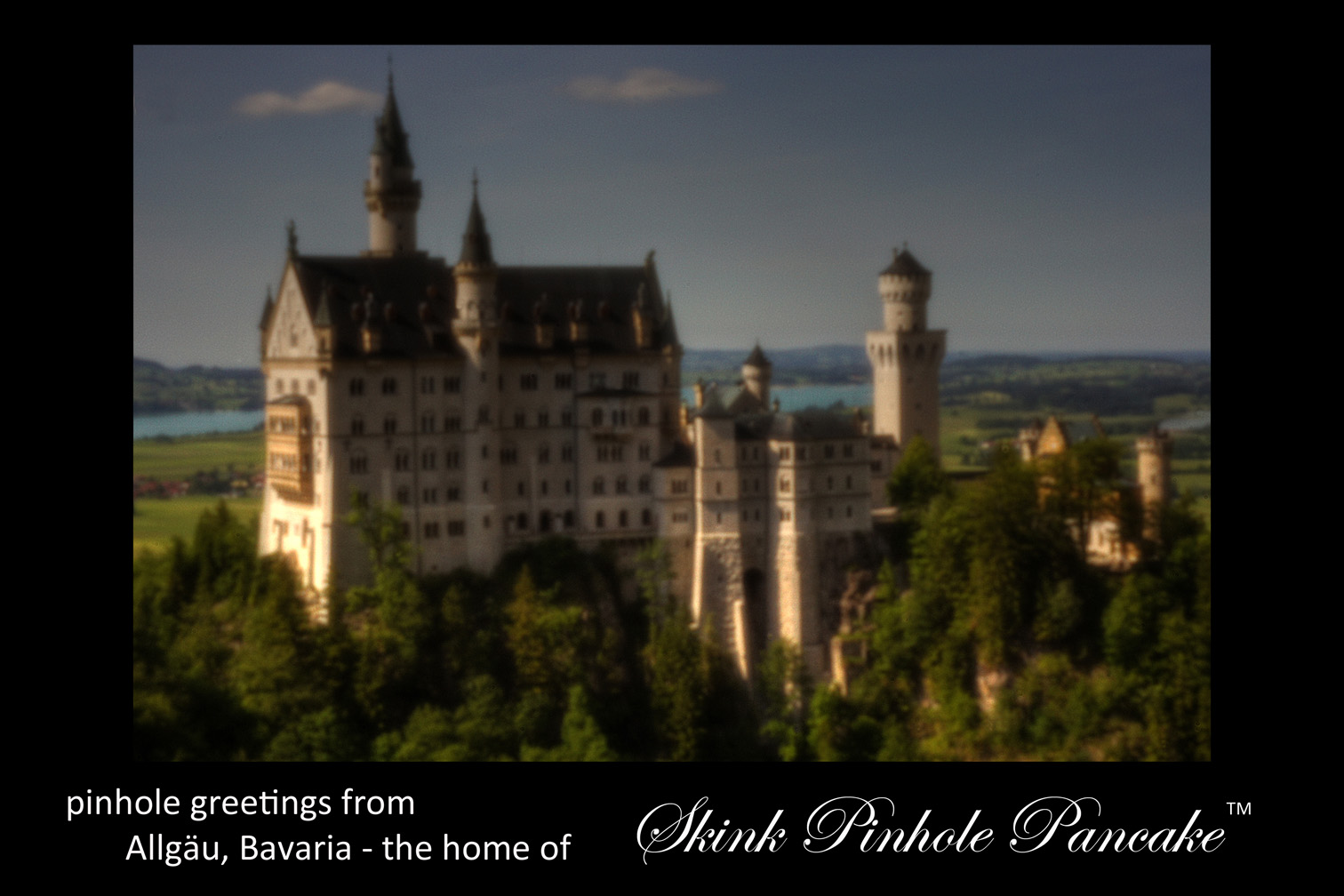
sicher bezahlen / secure payment:
Banküberweisung / Bank Transfer (IBAN / BIC / SWIFT)
Deutsche Bank Privat- und Geschaeftskunden AG

Lochblenden – In folgenden Größen Mikrometer (µm) lieferbar:
Pinhole Apertures – available sizes in micron (µm ):
Lochblenden nach Brennweite:
Apertures according to focal lengths:
60mm 65mm 70mm 80mm 90mm 100mm 105mm 110mm 125mm 135mm 140mm 150mm 160mm 180mm 200mm 210mm 240mm 260mm 280mm 300mm 360mm 410mm
| Die gewählte Brennweite (Abstand zwischen Film und Lochblende in mm) ist maßgebend für den resultierenden Bildwinkel. Je kürzer die Brennweite, desto weiter der Blickwinkel. Anhand der Tabelle können Sie vergleichen, welchen Blickwinkel Sie mit gleicher Brennweite auf den verschiedenen Filmformaten erhalten. Die Größe der Lochblende richtet sich immer nach der Brennweite. Das gleiche gilt für die Berechnung der Zonenplatten und Photonensiebe. Lochblenden in einer bestimmten Größe lassen sich, ohne nennenswerte Veränderung der Bildqualität, über einen gewissen Brennweitenbereich einsetzen. Mit den Größen 0.3, 0.4, 0.5 und 0.6mm können fast alle Bereiche zwischen Weitwinkel und Tele erfassen abgedeckt werden. Zonenplatten und Photonensiebe hingegen, sollten exakt auf die jeweilige Brennweite abgestimmt sein. |
| The selected focal length (distance between sensor / film and pinhole aperture in mm) determines the resulting angle of view. The shorter the focal length, the wider the angle of view. With the above table you can compare how wide a view you can obtain with with varying distances and film formats. The size of the pinhole aperture is always linked to the focal length. The same applies to the design of zone plates and zone sieves. Pinhole apertures in a given size can be used over a range of focal lengths without degration of image quality. With sizes 0.3, 0.4, 0.5 and 0.6 all ranges between wide-angle and tele photography can be covered. Zone plates and zone sieves however, should always match their calculated focal length as close as possible. |
Skink Pinhole – flickr
Skink Pinhole – flickr
